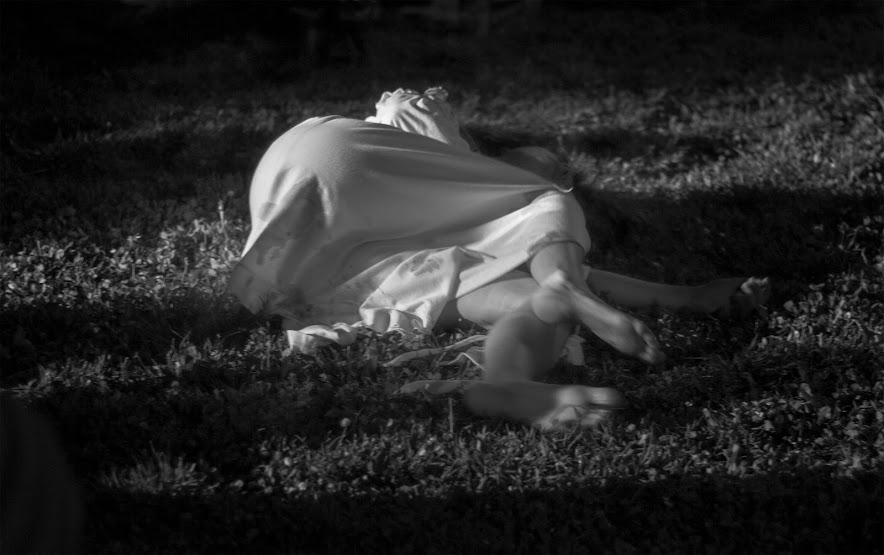El grito
En 2011, Lorenzo, joven gay negro y afrodescendiente, fue
atacado en la vereda Puerto Nidia, mientras nadaba junto con sus amistades
LGBTIQ+. Un grupo paramilitar pos-desmovilización apareció y les preguntó qué
hacían ahí y qué información buscaban, a pesar de estar en una zona visitada
frecuentemente para refrescarse y nadar. Les dijeron que se rumoraba sobre la
llegada al pueblo de «gente rara» y «maricones». En ese momento, los amigos
fueron señalados como informantes, los golpearon y uno de ellos fue violado.
Los gritos alertaron a los vecinos y la tía del joven llegó pidiendo por su
liberación; los dejaron ir, no sin advertirles que tenían quince minutos para
salir del territorio o serían asesinados.
Esta narración de lo sucedido a diferentes víctimas de
violación reúne fragmentos publicados por la Comisión de Verdad(*). Ese
mismo año, también en zona rural, Hugo, hombre gay negro y afrodescendiente,
fue atacado con mensajes peyorativos. Mientras estaba en la vereda Juan Domingo,
lo abordaron cinco o seis paramilitares y le dijeron: «¡Ese maricón! ¡Hay que
darle duro por el culo!»; luego, lo violaron y torturaron.
Dos años después, Ernesto, hombre gay afro de 15 años, fue
atacado de forma muy parecida. Llevaba algún tiempo siendo acosado y bajo
amenaza de violación, cada vez que lo veían. Un día, tres paramilitares
llegaron a su casa, lo amenazaron con armas y abusaron de él:
Pues yo pienso que eso pasa porque soy gay. Más que todo,
porque la ideología, el corazón del grupo armado, es un hombre-hombre. Mejor
dicho, tiene que ser un hombre hecho y derecho, no puede hacer el ridículo por
ser afeminado.
Tanto los integrantes de la Policía Nacional como de las AUC
y algunos grupos paramilitares pos-desmovilización se valían de camionetas que
el pueblo reconocía, con nombres como La Última Lágrima o La Zaragoza.
Transitaban con libertad, aunque se sabía para qué las utilizaban; nunca
enfrentaron acciones por parte de las autoridades. Del mismo modo, implantaron
conjuntamente el terror en de los escenarios públicos como el aeropuerto «El
Aterrizaje», que usaban como zonas de tortura y violación.
Ambos actores violentaron reiteradamente a las mismas
personas; además, muchas de las violencias se iniciaron mientras habitaban y transitaban
el espacio público, cuando eran retenidas por las AUC o la Policía Nacional, o
en medio de celebraciones locales, como ocurrió en El Carmen de Bolívar. Este
grupo de víctimas, que fue reconocido como sujeto de reparación colectiva en el
marco de la Ley de Víctimas, relató que, tanto para la Policía Nacional como
para las AUC, su juntanza717 era indeseada y objeto de violencias.
Fotografía e instalación de
Manuel Antonio Velandia Mora. Procesamiento sobre autorretrato de 2017. Lugar:
Bogotá, Colombia. Fecha: 10/2019. Velandia es Ganador de la Beca Idartes de
apropiación de Bogotá Diversa dirigida a los sectores sociales en la categoría
víctimas del conflicto armado colombiano.
(*) Mi cuerpo es la verdad. Experiencias de mujeres y personas LGBTIQ+ en el conflicto armado. Hay futuro si hay verdad. Informe Final de la Comisión para el Esclarecimiento de la Verdad, la Convivencia y la No Repetición (Bogotá, 2022).
The Scream
This narration of what happened to different victims of rape brings together fragments published by the Truth Commission(*). That same year, also in a rural area, Hugo, a black and Afro-descendant gay man, was attacked with pejorative messages. While he was in the Juan Domingo village, five or six paramilitaries stopped him and told him: “That fagot! You must give it hard up the ass! »; then they raped and tortured him.
Two years later, Ernesto, a 15-year-old gay Afro man, was attacked in much the same way. He had been harassed for some time and threatened with rape every time he was seen. One day, three paramilitaries came to his house, threatened him with weapons and abused him:
Well, I think that happens because I'm gay. More than anything, because the ideology, the heart of the armed group, is a man-man. Rather, he must be a grown man, he can't make a fool of himself for being effeminate.
Both the members of the National Police and the AUC and some post-demobilization paramilitary groups used trucks that the people recognized, with names like “The last tear” or “La Zaragoza”. They traveled freely, although it was known what they were used for; they never faced actions by the authorities. In the same way, they jointly implanted terror in public settings such as the "The landing" airport, which they used as torture and rape zones.
Both actors repeatedly violated the same people; In addition, many of the acts of violence began while they were inhabiting and moving through public spaces, when they were detained by the AUC or the National Police, or during local celebrations, as occurred in El Carmen de Bolívar. This group of victims, which was recognized as a subject of collective reparation within the framework of the Victims Law, reported that, for both the National Police and the AUC, their gathering717 was unwanted and the object of violence.
Photography and installation by Manuel Antonio Velandia Mora. Processing on self-portrait from 2017. Place: Bogotá, Colombia. Date: 10/2019. Velandia is the Winner of the Idartes Scholarship for appropriation of Bogotá Diverse aimed at the social sectors in the category of victims of the Colombian armed conflict.




Comentarios
Publicar un comentario